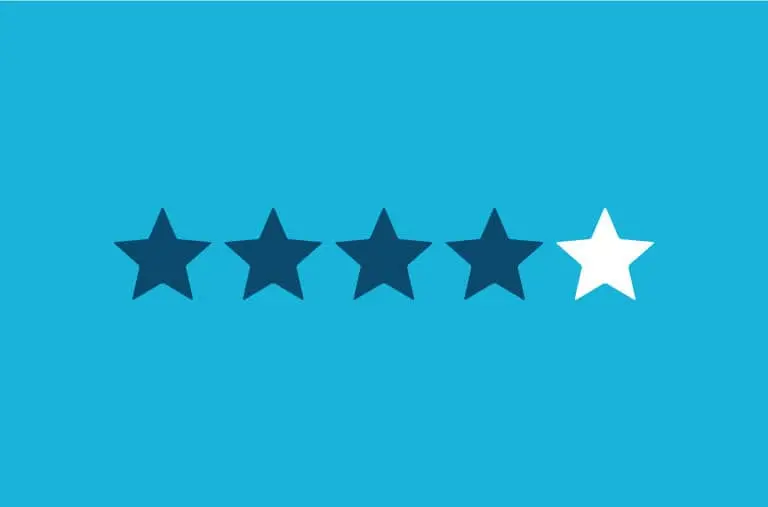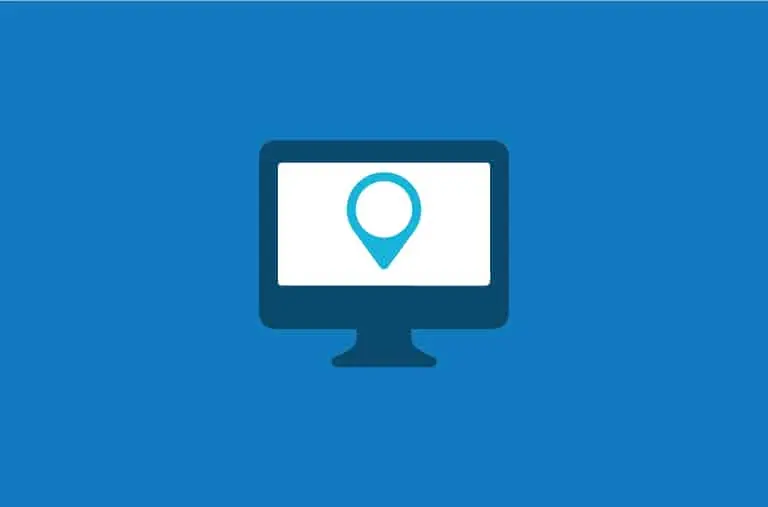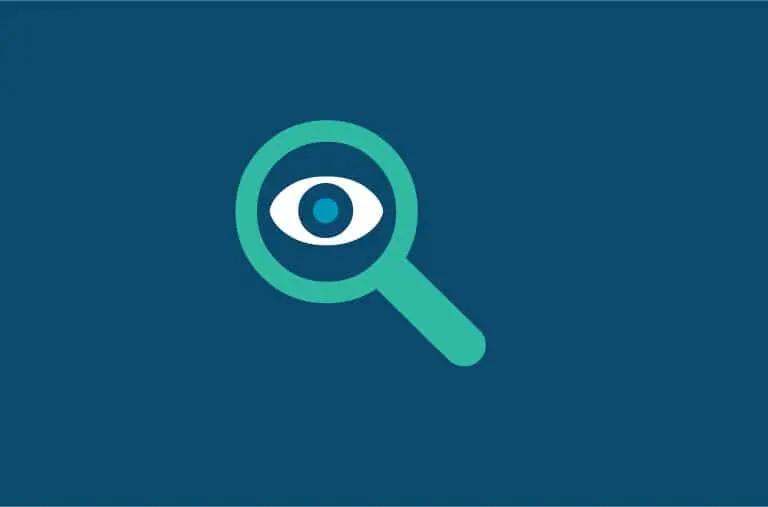Manufacturing and Supply chain forecasts are critical, and can sometimes be tricky. The information from an accurate forecast uses all aspects of a manufacturer’s business.
This important data includes manufacturing schedules, inventory management, product positioning/placement, and production planning. Planning budgets, investments for capital equipment, and raw material purchases are also good examples of areas where forecast information is critical.
Manufacture Forecasting
Manufacturers must have the correct amount of raw materials to create the final products. Once these sales projections are understood, the product is marketed and distributed. These processes are all based on the forecasting from the sales teams.
Problems arise when your forecast is off. You might be burdened with carrying units or too much inventory – an expensive issue. You may also be stuck with the raw materials procured to create a product you no longer need. Or, if your inaccurate forecast caused you to produce too few units, you might face back-order nightmares or canceled sales. You could even have customers drop you as a vendor.
These scenarios create complications for your organization, supply chain, and customers. The solution has a timelier and more accurate forecast. Sale teams will hit their revenue targets, and the factory will build the correct product mix. This lowers inventory levels, reduces the backlog, and improves the lead times of finished goods.
Using Sales Forecasts to Succeed
But how do manufacturers manage the delicate balance of projecting estimated inventory without over or under-producing stock? There are a few low-tech ways this can be achieved whether or not your company has a CRM strategy:
Communication across teams. If everyone knows how much stock is on hand and how much is needed, this will ensure enough product is ready for order fulfillment, which prevents excessive production or falling into back-order. That means sales and manufacturing teams need to communicate often and effectively.
Planning Forecasting. Sales teams need training on the requirements and expectations for each forecast.
Multiple Forecasting. It is helpful to make a forecast for various time frames and to double-check the results together. This will also reveal when you might need to adjust a larger forecast and will help catch an error faster.
Use Sales and Manufacturing Forecasts in Tandem. You can’t have the right inventory without knowing how many you expect to sell and, thus, how much more you need. When either forecast needs adjusting, teams should make changes in both reports.
CRM and Forecasting Accuracy
By now, you should be getting the message that forecast accuracy is key, and CRM systems can help with this. Having a forecast module in a CRM system is a must for manufacturers.
Previous to CRM solutions, sales forecasts were made by educated guesses. Shockingly, even today, some still are. A sales manager may look at a customer’s purchase history and create a budget that estimates potential future sales numbers. Someone might also mandate a random X% increase in revenue without having any data to back up the jump.
These methods put manufacturers at risk because their guesswork creates severely inaccurate forecasts. CRM solutions can change the game and make balanced forecasts based on data and facts, not guesswork.
How is this possible? CRMs allow sales reps to analyze customer details (including buying behavior) in real-time reports. They can expand in mere clicks to reveal the bigger picture or view how the product moves on a macro level. These insights provide real-time data that calculates more accurate and reliable sales forecasts.
Using Sales Projections that Make Sense
The information generated by a CRM system gives a more accurate perspective of true product demand. Statistical sales projections based on analytics like “average closing ratios” and “average close rate by sales stage” tend to be more accurate than methods based solely on an educated guess. They also allow a much more precise calculation of risk-versus-reward for each sale.
Marketing and sales departments prefer to plan forecasts in dollars (revenue), while production management tends to forecast in units. Ultimately, for products to be available when the customer needs them, you must develop a forecast by product in units. Your sales forecasting system should be flexible enough to aggregate demand on many levels of detail (in units and in dollars). This will meet all company-wide needs. CRM allows you to manipulate the data, and quickly match the unit or need your team requires.
Forecasting in CRM is Changing the Game
CRM solutions make forecasting more transparent, immediate, and accurate across the board. The information is now at everyone’s fingertips at various levels of management in real time. Gone are the days when sales managers would manually create an outdated forecast by the time it hit the salesperson’s desk.
Forecasting Benefits for CRM:
- Increase accuracy by linking the opportunity pipeline to the forecast
- Sales reps have access to real-time data on custom dashboards with drill-down features
- Generate statistical reports to determine up-sell opportunities
- Analyze historical sales data to reveal opportunities for improvement
- Identify & focus on quality leads and close deals faster
- View production capacity, allowing for more accurate quotes
- Sales and Demand Teams collaborate in real-time on forecasts
- Customers and sales partners can view and create forecasts via a self-service portal
- Senior management can analyze actual results compared to the sales forecast
- The forecast is measured and reviewed frequently, which in turn fosters overall accuracy in projections
Conclusion
Ultimately, whether your business is big or small, CRM can help you avoid over- or under-delivery on unit sales fulfillment. If you’re ready to integrate a CRM into your unique business processes, Clear C2 has robust solutions to handle everything from client relationships to marketing automation and more. We’re prepared to help you nail your next sales forecast and streamline all aspects of your business. Contact us to schedule a live demo and get a free 30-day trial today.







